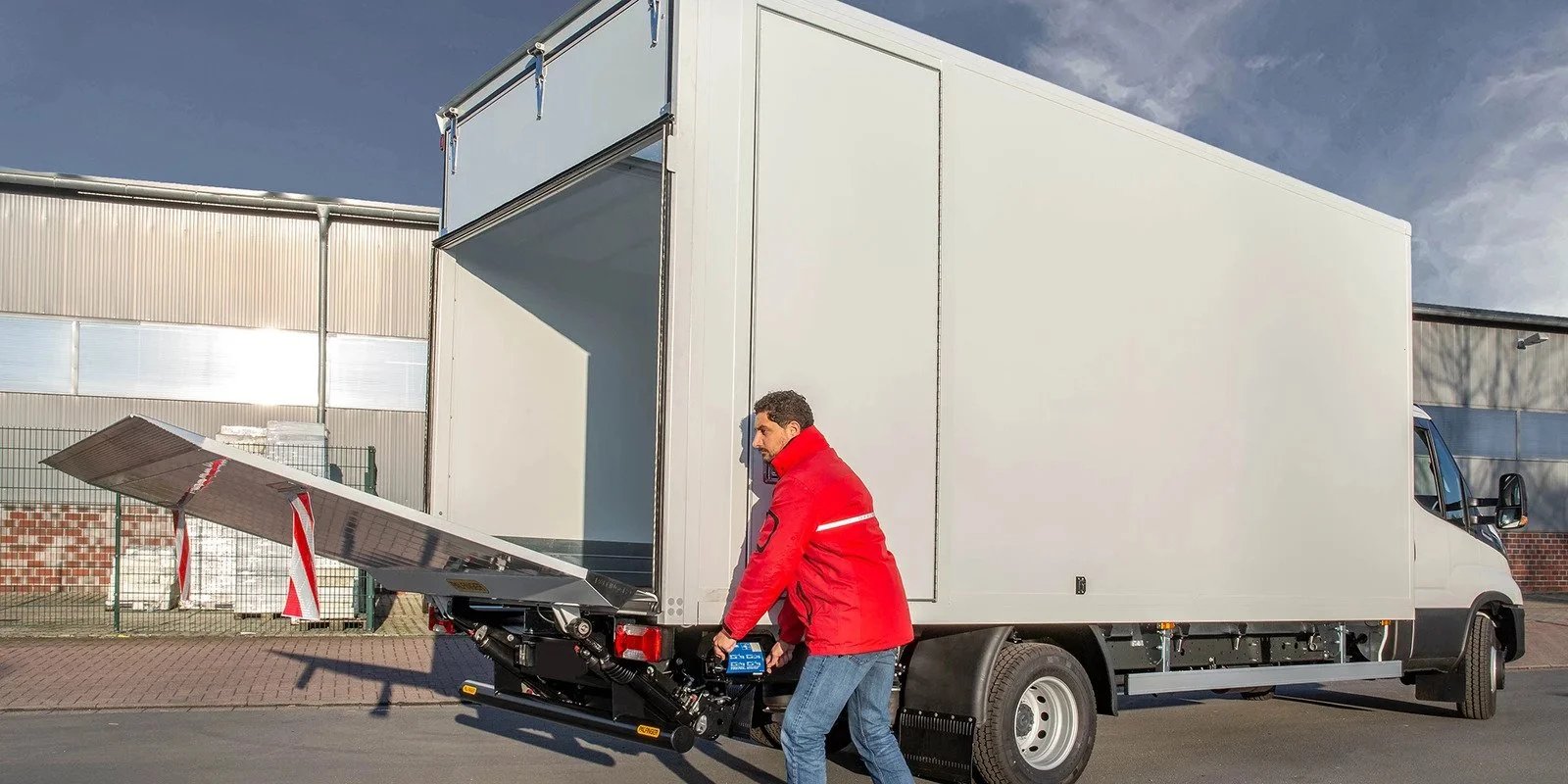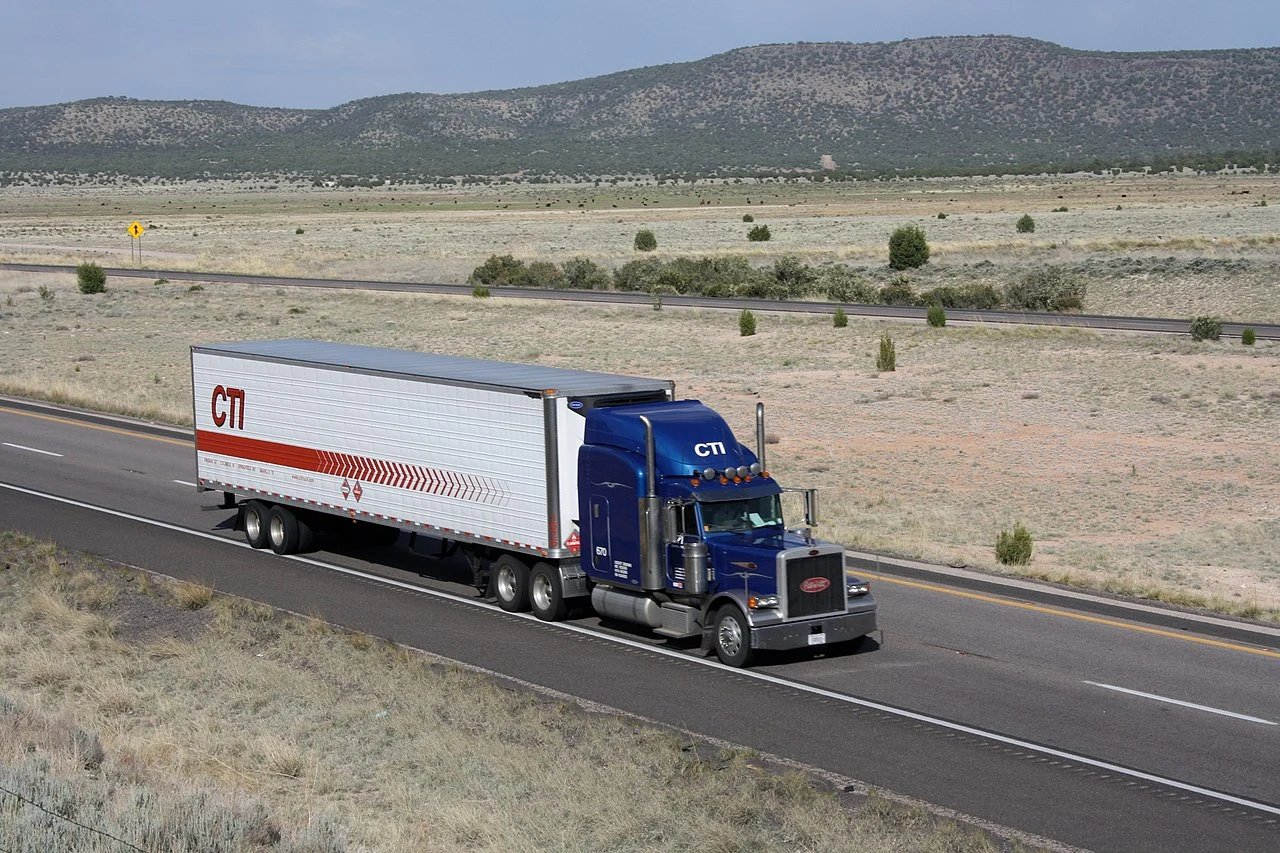Global and regional trade is an intricate machine with a stack of moving parts. There is a flow of complex supply chains within and beyond international borders. And the critical cog of this machine is road freight.
All the more so when emerging markets witness upsurging demands of viable freight shipping alternatives for tapping into high-growth markets while staying competitive.
Correspondingly, the global road freight transportation services market size is predicted to reach from US$ 1724490 million in 2020 to US$ 1974280 million by 2027 at a CAGR of 2.4%.
While fuel-efficient road transport vehicles and IoT in automotive will soon become the order of the day, businesses must understand the core essence of how road freight works.
What is Road Freight?
Road freight is receiving and distributing cargo in motor vehicles via the road network. Businesses rely on logistic companies or third-party freight forwarding for commercial road freight to transport goods.
Types of Road Freight
The type of road freight solution a business needs varies with the specifications of the cargo. The shipment size, goods’ fragility, expected turnaround time, or budget can affect the decision about which type of road freight you should go with.

Full Truckload (FTL)
FTL is commonly used for consignment with sufficient items to fill more than half or the full capacity of a freight truck. Shipments generally weigh more than 10 pallets or 6800 kgs (15,000 pounds).
It is like a dedicated road freight service; the whole truck is yours to use. It exclusively delivers the goods from the starting point directly to the destination without intermediate halts.
Full truckloads is the ideal road freight choice for businesses when:
- The shipment size is enough to fill one or more truck spaces.
- Goods need to reach their destination in faster transit times.
- Transporting goods prone to damage caused due to multiple handling.
- Cargo contains sensitive items that should not be transported together with other cargo.
- Hiring the whole truck is more economical than multiple LTL.
Partial Truckload (PTL)
A partial truckload falls between FTL and LTL and typically involves oversized shipments that may not use the entire space available on the FTL truck but are too large to be shipped as LTL.
A cargo to qualify for PTL should be between five to fourteen pallets and weigh between 2268 to 18150 kgs (5000 to 40,000 pounds). The goods share space with shipments from other shippers.
The benefits of PTL are:
- Cargo remains on a single truck for the majority of the transit. So, opportunities for handling and damage are fewer.
- It enables you to avoid extra charges associated with the freight class as the shipment is not assigned to any freight class.
- The transit time is faster than LTL.
Less than Truckload (LTL)
LTL is for small-sized freight that does not take up the entire truck. LTL shipments are typically one to six pallets or less than 1815 kgs (4,000 pounds). The rest of the portion is rented to the other shippers to fill the unoccupied space. The shipper has to pay only for the portion of the truck their freight occupies.
LTL road freight offers the following benefits:
- It’s the cheapest mode for low-transport volume cargo.
- You can have the flexibility to send different items in terms of size, weight, and value across various locations.
- It suits small and medium-sized businesses well.
Now the big question: how to choose between FTL, LTL, and PTL?
There is no “ right” mode of road freight, as it keeps changing with businesses’ shipping needs. However, larger shipments are best left to FTL express services if you’ve got tight deadlines to chase and do not mind paying for efficient services.
For smaller shipments, LTL is a more cost-effective freight solution, if the longer delivery time is insignificant.
Finally, PTL is your best bet when the shipment is light but takes up more space or is fragile and needs minimum loading and unloading by multiple carriers.
Types of Trucks Used in Road Freight Transport
As a business with freight to move via road, one of the biggest challenges is transporting goods undamaged and within the time frame. And trucks are the vehicles par excellence that allow you to achieve this.
The road transportation industry is brimming with numerous road freight truck types, each with unique capabilities covering the divergent shipping needs of businesses.
Refrigerated Trucks
Perishable food, pharmaceuticals, flowers, fruits, and chemicals need a highly controlled temperature environment to maintain shelf life or remain effective. Such goods are transported by specialised trucks with built-in refrigeration facilities.

It maintains a wide range of temperatures between 55 degrees Fahrenheit and 20 degrees below zero and keeps the products at the desired temperature throughout road freight transportation Many trucks have multiple compartments that sit at different temperatures from each other.
Flatbeds
Shipping done using flatbed trucks is called flatbed shipping. These trucks do not have an enclosed body; instead, there is an open trailer which works best for cargo that can do without enclosure or that can not be loaded or unloaded into standard trucks with closed dimensions.

With no physical sides and roof, flatbed trucks allow the hassle-free operation of cranes and forklifts to handle goods from different angles.
Box Trucks
Also called straight or cube trucks, they are characterised by a separate box or compartment that typically comes in lengths of 6.7, 7.3, and 7.9 meters (22, 24, and 26 feet). They serve as smaller dry vans capable of moving LTL and PTL cargo.

The box design is apt for cargo that can only be loaded from the back using a pallet jack, forklift, or hand. As such, these types of trucks are widely used to transport non-perishable and dry goods. Their combined vehicle weight threshold allows them to be operated by drivers without a commercial driver’s licence.
Tail Lift Trucks
As the name suggests, a tail lift mechanism is attached to the truck's rear end, which does the heavy lifting by lifting the goods off the ground and loading them into the truck. The lift is designed to lift bulky loads minimising the risk of injury to the drivers and warehouse personnel.

It makes the process a lot easier and less labour-intensive. For the same reason, cargo is less likely to get damaged.
Semi-trailer Trucks
One of the most popular choices of trucks in logistics makes cargo loading flexible as it opens from above, from the sides, or on its back.

Jumbo Trailer Trucks
This truck type offers a much larger load volume and greater loading height of 3 m. It is achieved by a lower loading area and smaller wheel diameter. Much like a semi-trailer truck, you can load the cargo from the sides, top, or back.

Benefits of Road Freight Services for Your Business
- Access to the most extensive transport infrastructure, i.e., roads.
- Massive savings of capital investment and maintenance cost on your own fleet.
- Unlimited flexibility to suit unique variables of different businesses with the broadest range of trucks.
- Adaptable goods storage capacity of warehouse facilities offered by freight services.
- Door-to-door delivery directly from the manufacturing site to the destination.
Wrapping Up
In conclusion, road freight is a lucrative opportunity for businesses to integrate with global markets, primarily owing to its affordability and flexibility.
And, getting the most out road freight move is more than easy with a freight partner like PACK & SEND. So should you have any questions about your next road freight shipment, we’re happy to help you.
Image Sources: Transairdk, Saloodo, Supposeudrive, Palfinger, Wikipedia, Wikipedia
